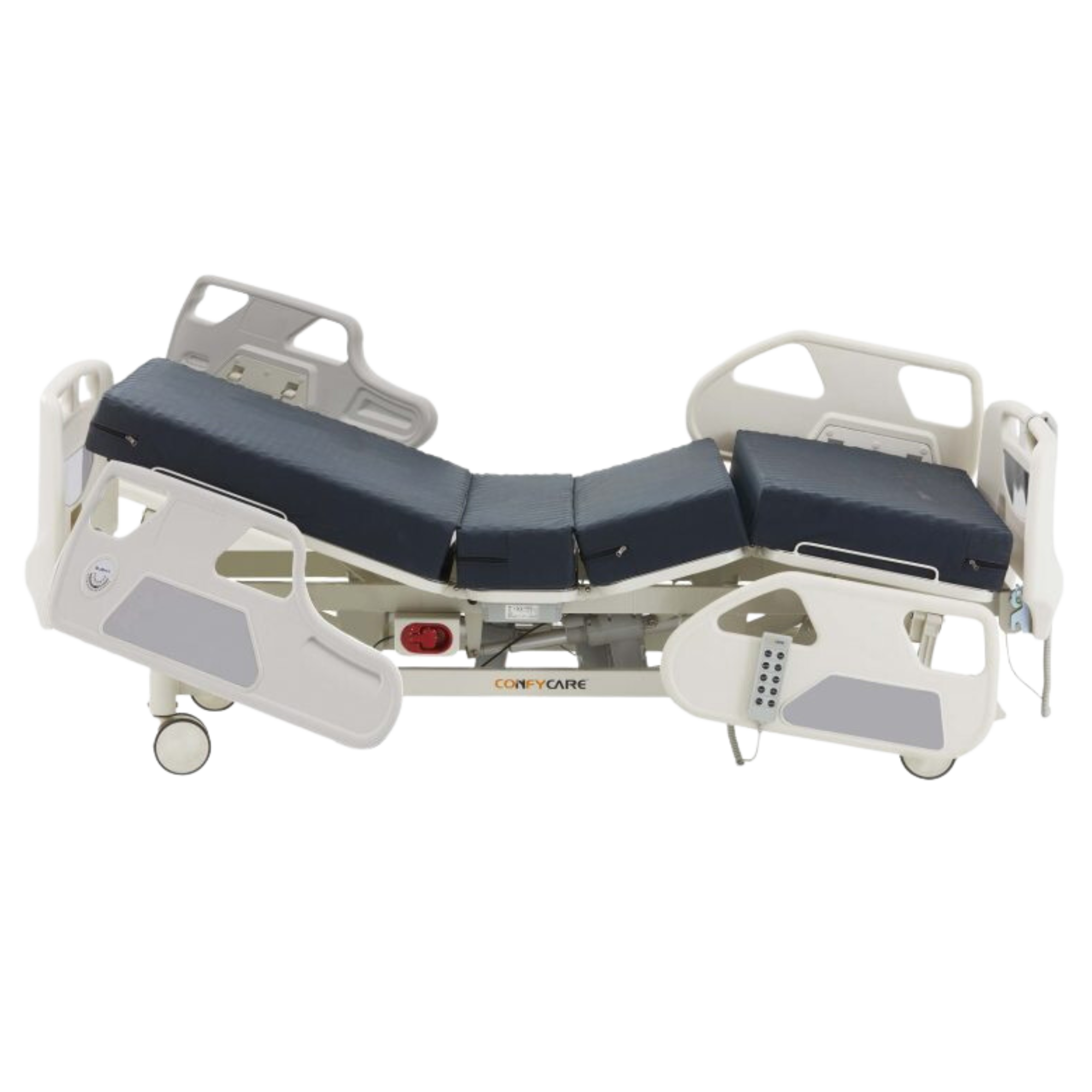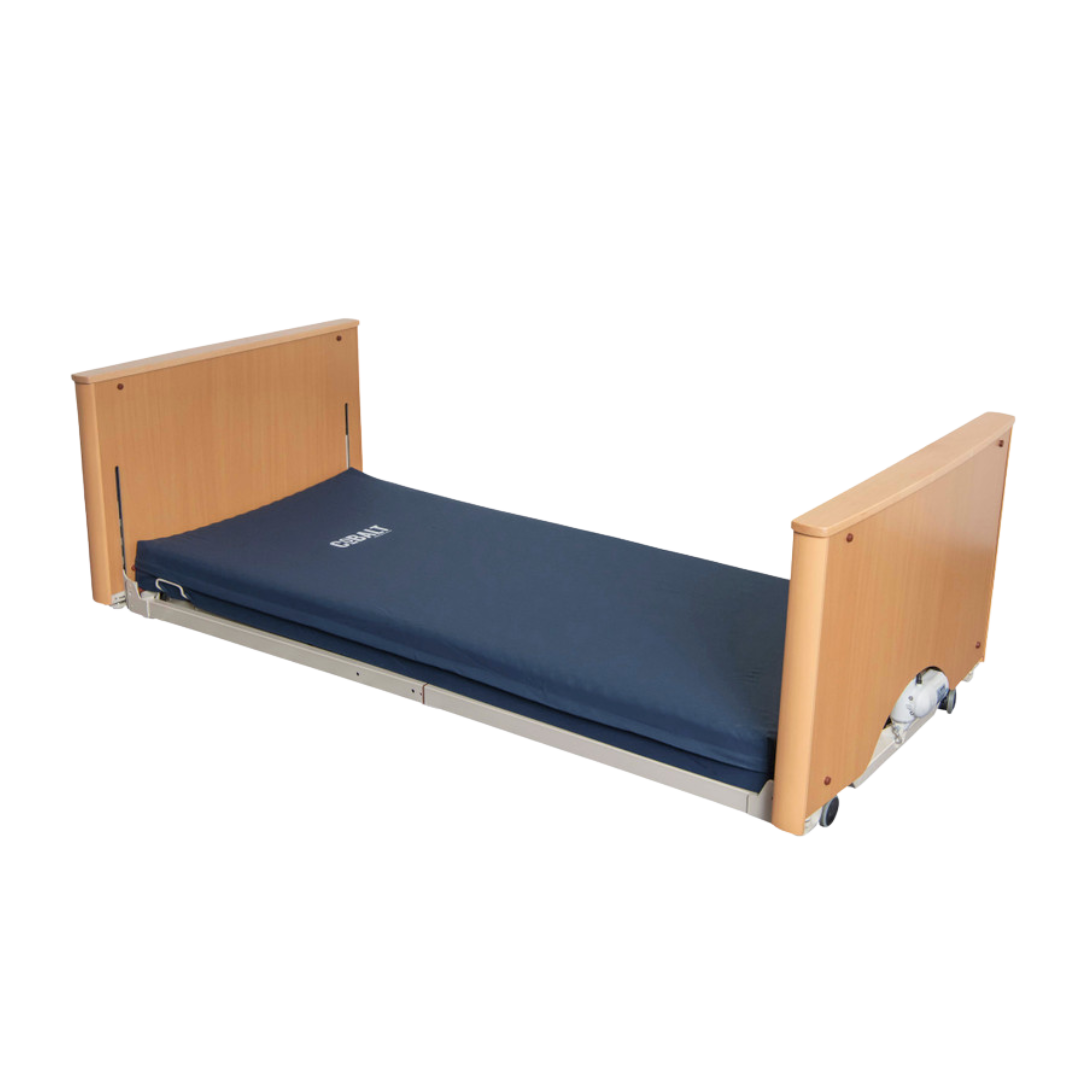The Importance of Capital Equipment in Healthcare

Capital equipment is the healthcare equivalent of the VIP section—essential, high-value, and not messing around. We’re talking about the big-ticket items that do the heavy lifting in hospitals and clinics: think MRI machines, ventilators, surgical tables, and even trusty hospital beds.
They’re not just shiny gadgets—they're the backbone of diagnostics, treatment, and daily patient care.
But here’s the twist: these tools aren’t just lifesavers—they’re also money savers. The right capital equipment helps healthcare facilities run smoother, smarter, and more sustainably. So yes, it’s a big investment—but one that pays off in both better outcomes and better operations.
Defining Capital Equipment in Healthcare
In the healthcare context, capital equipment refers to tangible assets with a significant purchase price—often exceeding a predetermined threshold set by the institution—and a useful life extending beyond one year. These items are integral to medical operations and are typically subject to depreciation over time.
Examples of Capital Equipment
Not all heroes wear scrubs—some come in the form of machines, monitors, and hospital beds. Capital equipment might not be the most glamorous part of healthcare, but without it, the system would quite literally grind to a halt. Let’s break down the big-ticket players:
1. Diagnostic Devices
Think of these as healthcare’s detectives. X-ray machines, MRI scanners, and CT scanners are all part of the diagnostic dream team. They dig deep—literally—into what’s going on inside the body, helping clinicians spot everything from fractures and tumours to strokes and internal bleeds.
Why it matters
Quick, accurate diagnoses mean faster treatment and better outcomes. Plus, no guesswork = less stress for patients and practitioners alike.
2. Therapeutic Apparatus
These are the workhorses that jump in when the body needs a hand (or a machine). Ventilators help patients breathe when they can’t do it on their own. Dialysis machines take over kidney duties for those in renal failure. And surgical instruments? They’re the precision tools that make everything from routine procedures to life-saving operations possible.
Why it matters
When seconds count, having the right therapeutic tools at your fingertips can be the difference between recovery and regression.
3. Supportive Infrastructure
Hospital beds, examination tables, and patient monitoring systems may not beep as loudly as an MRI, but they’re just as essential. Adjustable beds keep patients comfortable during long stays. Monitoring systems track vital signs in real-time, giving clinicians the data they need at a glance. And exam tables? They keep things steady during check-ups, procedures, and everything in between.
Why it matters
These tools provide safety, comfort, and real-time insight—which is crucial for patient dignity and clinical accuracy.
But not all beds are created equal! Check out some of the game-changers from Platinum Health Supply:
I. Five Function Hospital ICU Bed

Packed with features like adjustable head/foot elevation, Trendelenburg positioning, and electric controls. It’s the Rolls Royce of comfort and clinical precision—ideal for critical care.
II. Three Function Hospital Bed

Simple, sturdy, and reliable. Great for general ward use, with adjustable height, head, and knee sections to enhance mobility and ease of care.
III. Cobalt Floor Line Bed

This ultra-low bed reduces fall risk dramatically, making it a perfect choice for aged care or dementia settings. Bonus: it still offers full electric adjustment for staff safety and patient comfort.
Importance of Capital Equipment
Capital equipment isn't just expensive gear gathering dust in a hospital wing—it’s the engine room of modern healthcare. Here's why investing in high-quality equipment isn’t just smart... it's essential, according to a study published at BMJ Journal:
1. Enhanced Patient Care
Imagine trying to diagnose a fractured bone without an X-ray, or performing surgery without precision tools. Capital equipment gives healthcare teams the ability to see better, treat faster, and care deeper. From MRI scanners detecting brain tumours to ICU beds that adapt to each patient's needs, state-of-the-art gear leads to:
- More accurate diagnoses
- Faster treatment decisions
- Better recovery rates
- Higher patient satisfaction (and fewer complaints!)
It’s the difference between "we think it’s this…” and "we know it’s this—let’s treat it."
2. Operational Efficiency
Time is precious in healthcare. The right equipment can turn a 40-minute job into a 20-minute one—with more reliable results. Whether it’s a faster CT scanner, an automated medication dispenser, or an electric hospital bed that reduces the need for manual lifting, modern capital equipment makes life easier for everyone:
- Speeds up diagnosis and treatment
- Reduces physical strain on healthcare workers
- Cuts down waiting times for patients
- Streamlines workflows (hello, happy admin team!)
In short? It keeps the gears of the system turning smoothly—no squeaky wheels here.
3. Financial Sustainability
Sure, capital equipment can come with a hefty price tag. But it’s not a cost—it’s an investment. Hospitals and clinics that offer cutting-edge diagnostics or therapies attract more patients, open new revenue streams, and can even reduce long-term costs associated with outdated or manual equipment.
- Enables higher-billing procedures (e.g., MRI, dialysis)
- Attracts specialists and top-tier talent
- Reduces equipment downtime and costly repairs
- Increases the lifespan of healthcare assets
With the right asset management strategy, that fancy new ventilator or high-tech hospital bed starts paying for itself—fast.
Strategic Considerations for Capital Equipment Acquisition
Given the significant investment involved, healthcare organisations must adopt a strategic approach when acquiring capital equipment:
- Needs Assessment: Evaluate the specific requirements of the facility to ensure that the equipment aligns with patient demographics and prevalent medical conditions.
- Cost-Benefit Analysis: Consider both the upfront costs and the long-term benefits, including potential revenue generation and maintenance expenses.
- Lifecycle Management: Plan for the entire lifespan of the equipment, from acquisition and maintenance to eventual decommissioning or upgrading.
- Compliance and Standards: Ensure that all equipment meets regulatory standards and is compatible with existing systems within the facility.
Investing in Better Care Starts Here
Overall, capital equipment is a vital part of the healthcare industry. It enables doctors and other healthcare professionals to provide high-quality care to patients, and helps to improve outcomes and save lives.
Ready to upgrade? Explore our curated range of trusted medical equipment at Platinum Health Supply—because better care starts with the right tools.
Updated as of: 1 April 2025
